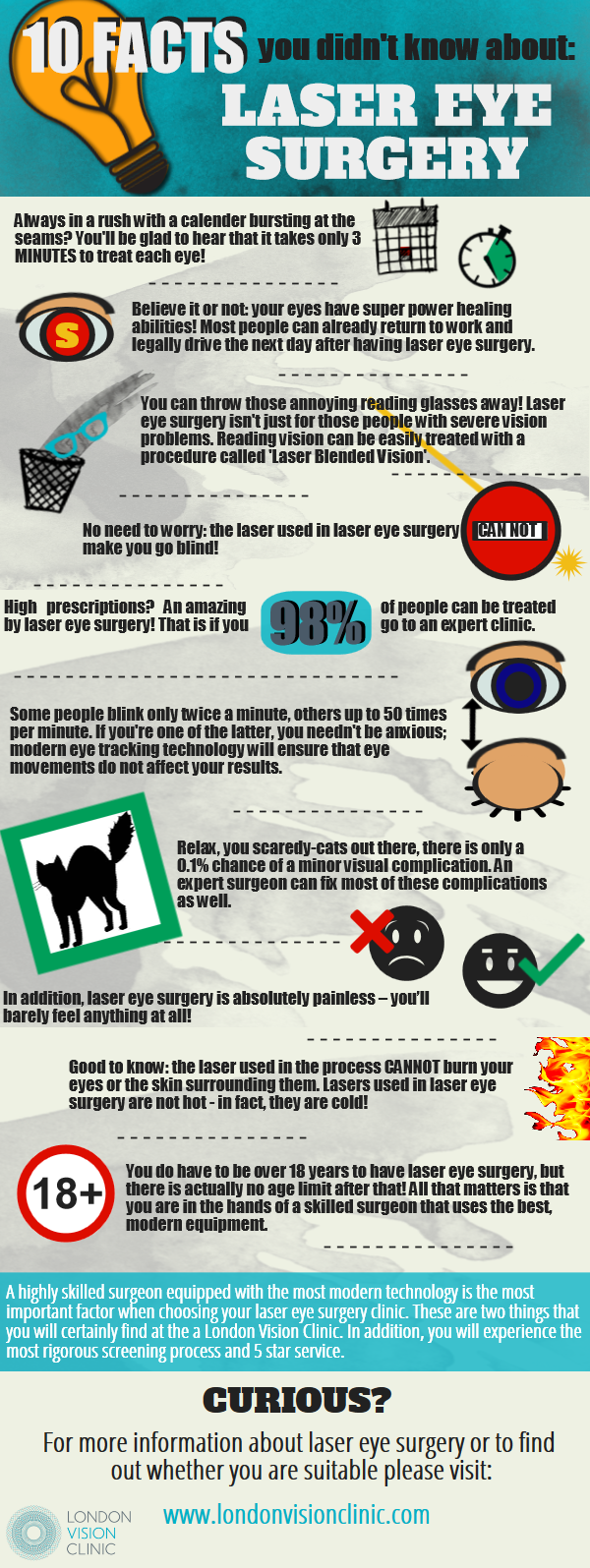When it involves dealing with dry eye, you may find yourself considering the expenses of in-clinic therapies versus at-home treatments. In-clinic options can be pricey, rising to $1,200 a month, while home services usually come at little to no charge. However how do you know which is best for your circumstance? Recognizing the subtleties of each technique can assist you make an educated decision. Let's explore what these choices require.
Recognizing the Expenses of In-Clinic Treatments for Dry Eye
When you're taking into consideration in-clinic therapies for dry eye, it's necessary to recognize the costs involved. The rate can differ substantially based on the therapy kind and your place.
Usual choices like prescription eye drops may cost you in between $50 and $150 each month. If you choose punctal plugs, anticipate to pay around $200 to $500 for the procedure, plus any follow-up visits.
Advanced therapies like LipiFlow can range from $600 to $1,200 per session. Don't neglect to examine if your insurance covers any one of these costs, as this can significantly affect what you wind up paying.
Being informed about these costs can aid you make a better choice customized to your budget plan and needs.
Checking Out At-Home Remedies and Their Cost
Although in-clinic therapies can be expensive, exploring at-home treatments for completely dry eye commonly offers an extra budget-friendly choice. A number of these remedies are straightforward and can be conveniently integrated right into your day-to-day regimen.
For instance, utilizing a humidifier adds moisture to the air, which can aid reduce completely dry eye signs without breaking the bank. In addition, over-the-counter fabricated splits are budget-friendly and can offer fast alleviation.
You may also think about cozy compresses, which you can make with a tidy towel and warm water-- a low-cost and efficient option. Staying hydrated by consuming a lot of water is one more cost-free means to sustain eye wellness.
Evaluating the Perks and Drawbacks of Each Option
While considering your options for completely dry eye treatment, it's important to evaluate the advantages and drawbacks of both at-home remedies and in-clinic treatments.
At-home therapies, like man-made rips and cozy compresses, offer ease and cost-effectiveness, however they mightn't provide prompt alleviation for severe cases.
In contrast, in-clinic treatments-- such as punctal plugs or specialized therapies-- often supply quicker, more efficient results, yet they can be a lot more costly and might call for several sees.
In addition, in-clinic treatments may entail an extra complex procedure, which could be intimidating for some.
Ultimately, click here to find out more ought to rely on your signs' intensity, your spending plan, and your comfort level with each method.
Analyzing these elements will aid you find the ideal balance for your dry eye relief.
Final thought
When it comes to treating completely dry eye, you've got options. In-clinic treatments can be expensive but could offer even more instant relief for serious cases. On the other hand, at-home solutions are budget-friendly and can supply comfort without breaking the bank. Eventually, your selection depends upon your specific demands and extent of signs. Consider your scenario very carefully, and do not wait to get in touch with an expert if you're unclear which method is best for you.
